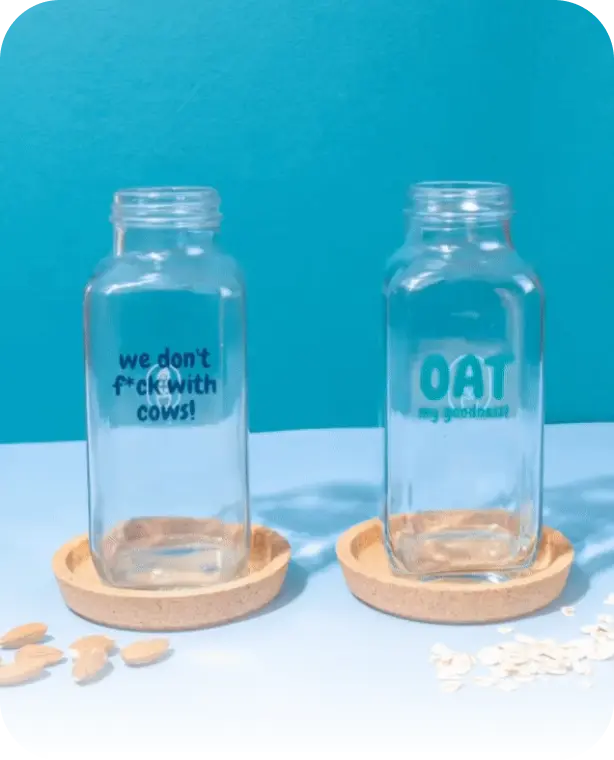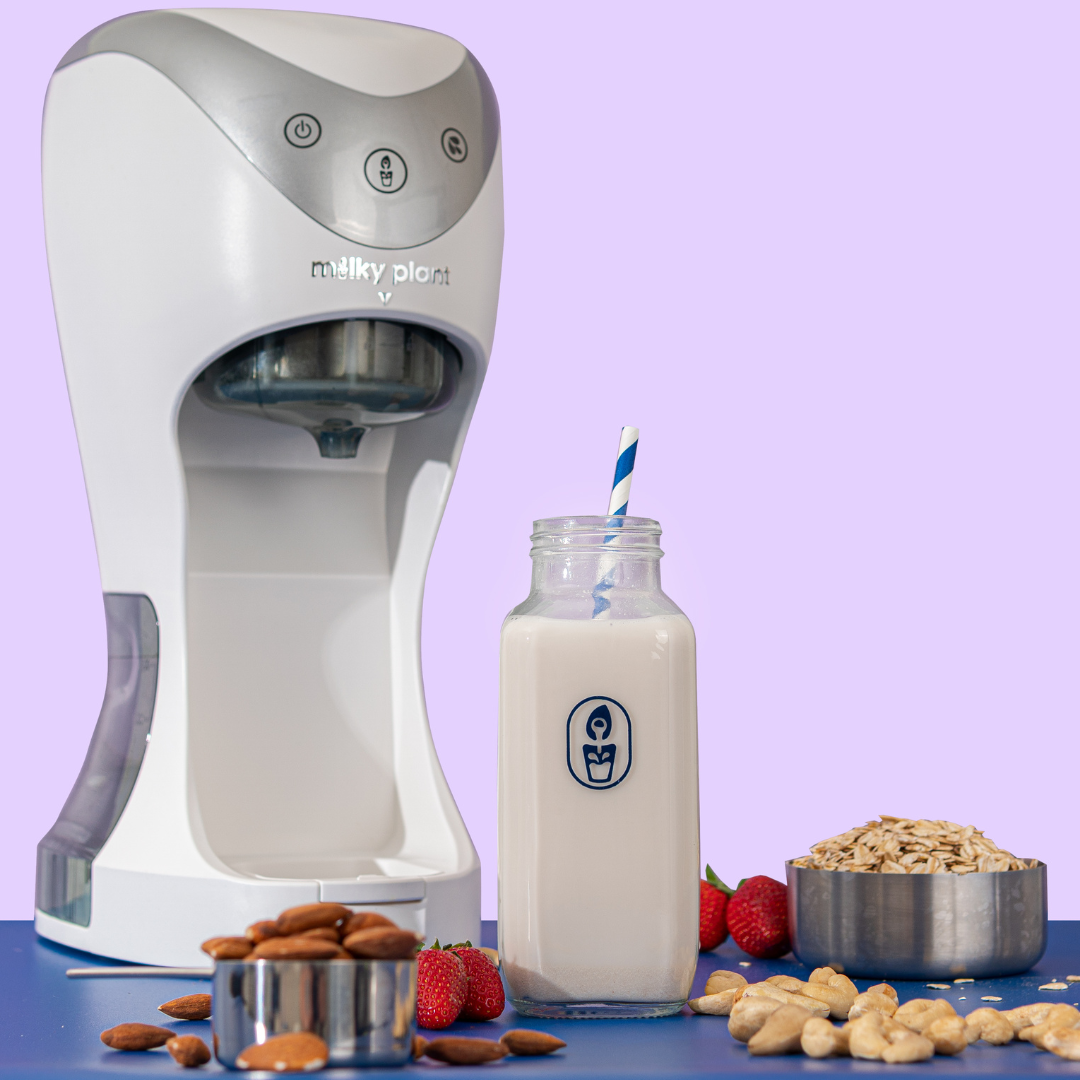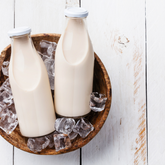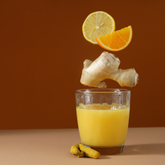Water Usage:
One of the biggest environmental impacts of dairy milk is the amount of water used to produce it. According to the Water Footprint Network, it takes an average of 628 gallons of water to produce just one gallon of milk. This includes water used to grow the crops that cows eat, as well as water used in the milking process and in cleaning the equipment.

In contrast, almond milk requires significantly less water to produce. The Water Footprint Network reports that it takes just 23 gallons of water to produce one gallon of almond milk. This is because almond trees require less water than dairy cows, and the water used in the production of almond milk is primarily used for irrigation.
Greenhouse Gas Emissions:
Another significant environmental impact of dairy milk is the greenhouse gas emissions it produces. Cows produce methane, a potent greenhouse gas, as part of their digestive process. Additionally, the production of dairy milk requires significant amounts of energy, which often comes from fossil fuels.
Almond milk, on the other hand, produces significantly fewer greenhouse gas emissions. Almond trees absorb carbon dioxide as they grow, and the production process for almond milk requires less energy than dairy milk production.
Land Use:
Dairy milk production also requires significant amounts of land. Cows need space to graze, as well as land to grow the crops they eat. According to the Food and Agriculture Organization of the United Nations, around 70% of agricultural land worldwide is used for livestock production.
In contrast, almond milk production requires less land. Almond trees can be grown in relatively small spaces and can even be grown in areas that are not suitable for other crops. Overall, it is clear that almond milk has a smaller environmental impact than dairy milk. Almond milk requires less water, produces fewer greenhouse gas emissions, and requires less land to produce.
However, it is important to note that there are other factors to consider when choosing between these two types of milk, such as nutritional content and taste preferences. If you are considering making the switch to almond milk, be sure to choose a brand that uses sustainable farming practices and packaging or alternatively try making it fresh at home.

Looking to make fresh plant milk at home? Making fresh plant milk at home has never been easier with the Milky Plant machine which allows you to make healthy homemade plant milk at the touch of a button, without the need for any complicated processes or equipment and the best part is that it makes no mess.















